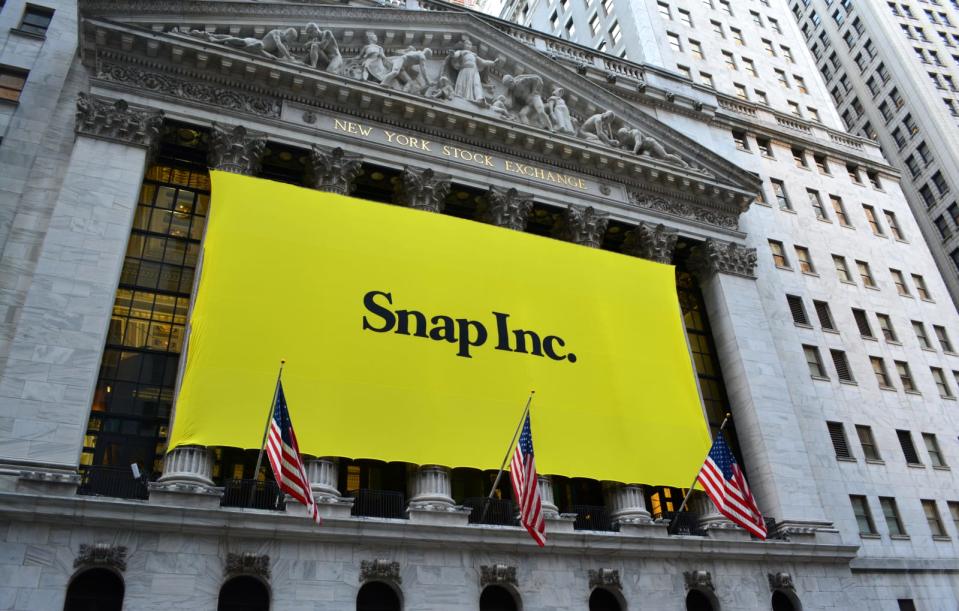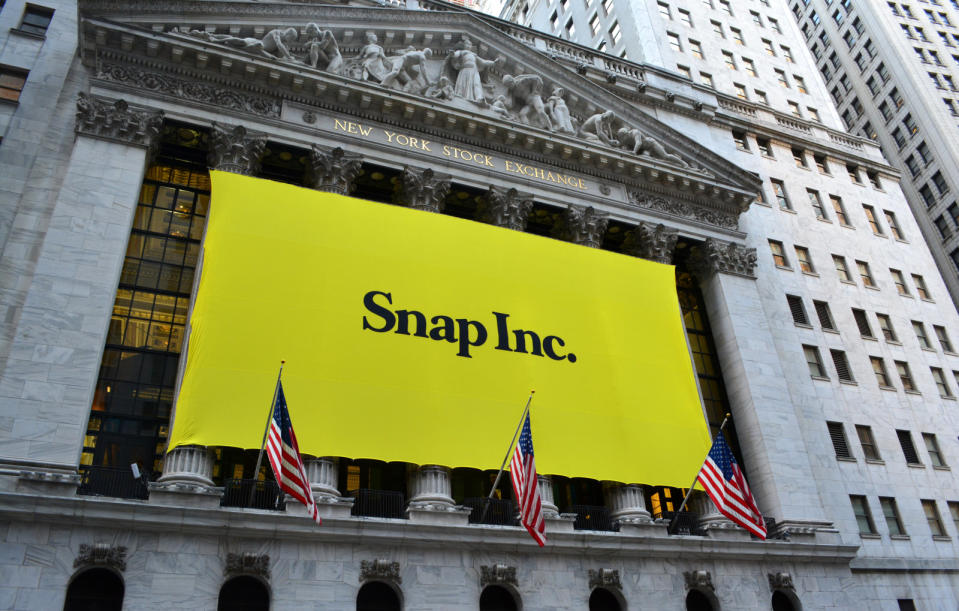Snap CEO Evan Spiegel admits app redesign was 'rushed'
Sorry, Kylie -- he still doesn't regret separating friends' posts from influencers.
To say that Snap's major redesign wasn't well-received is an understatement. People hated it so much that it slowed down the app's user and revenue growth when it seemed like it was on the rise. In an internal memo obtained by Cheddar, Snap chief Evan Spiegel has admitted that the company rushed the redesign, "solving one problem but creating many others." No, he doesn't regret separating friends' posts from influencers -- he said that the change was necessary for the long-term success of the platform and that by doing so, it "got ahead of the existential crisis faced by many platforms today." What he regrets is not testing the redesign more with a smaller number of the community before rolling it out to everyone.
Because the design wasn't thoroughly tested, issues started showing up when it was already in use. He admits in the memo that the new algorithmic Friend Feed didn't work well and made it harder to find actual friends to talk to. "We slowed down our product and eroded our core product value," he wrote. As a result, more and more people stopped using the app as a way to communicate. While he didn't admit it outright, a previous report said Spiegel gave the company's engineers a short timeframe to finish the app's new design, and he wasn't able to adequately convey that his goal was to make the app easier to use.
In order to get back on track and achieve its goal of full-year profitability in 2019, Snap will continue investing in Shows it distributes through Discover and will redesign Discover itself. Spiegel has revealed that the app's Shows continue to attract more viewers, with 18 of them reaching up to 10 million unique viewers a month. Snap also intends to concentrate its marketing efforts on and to age its user base in highly monetizable markets such as the US, UK and France.
However, Snap will still continue to grow its user base in developing markets in an effort to get more advertisers in those regions. It's also expanding its work in augmented reality: it's currently building software that takes Snaps submitted to Our Story to create different parts of the world in 3D. The company plans to build AR experiences on top of those 3D recreations and to give users access to them as Lenses.


